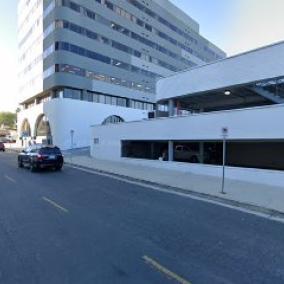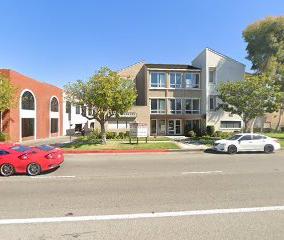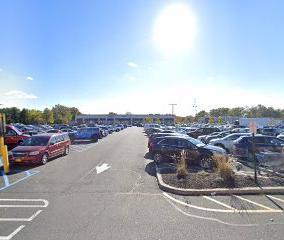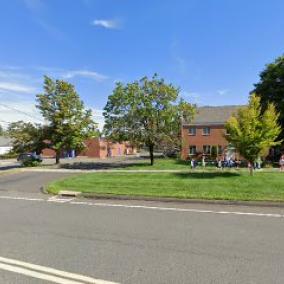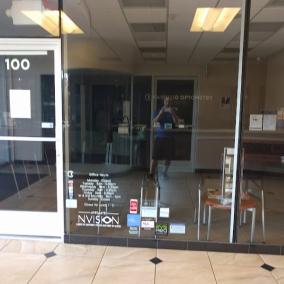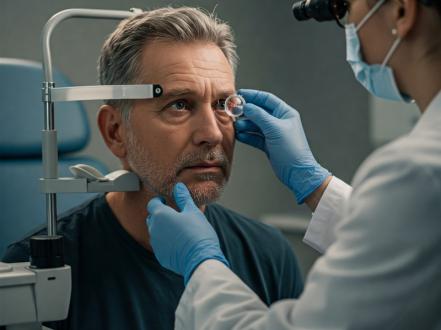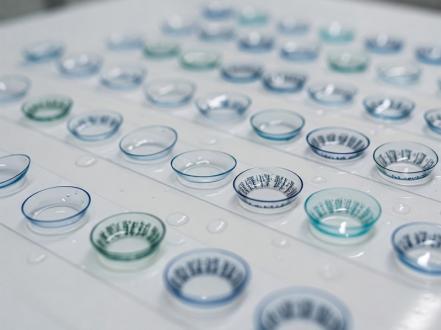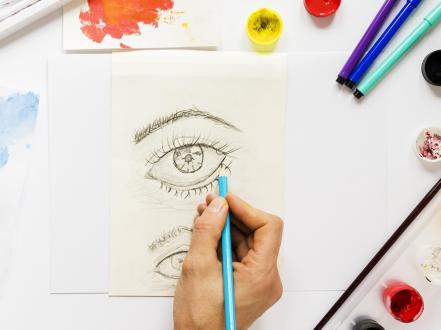Presbyopia is a common age-related vision disorder that affects a significant proportion of the populace globally. It is the progressive and gradual loss of the eyes' ability to focus on objects close up, typically occurring beyond the age of 40. Presbyopia is not an illness or a hazard to health but a natural stage of the aging process.
The term 'presbyopia' originates from a Greek word translating to "old eye". It's amongst the most widespread eye problems experienced by older adults. Almost everyone experiences some degree of presbyopia, falling under the same category of aging complications as wrinkles or greying hair.
What are the symptoms of Presbyopia?
The symptoms of Presbyopia generally start around the mid-40s. The earliest and most noticeable sign is trouble reading or focusing on near objects. This difficulty tends to be greater in low light conditions or fatigue. Tasks like threading a needle, reading tiny print such as on medicine bottles, or working on tasks that necessitate close focus might turn challenging without adequate light or eyewear.
Presbyopia arises due to changes in the eye's natural lens over time. As we age, proteins in the eye's lens begin to break down, making the lens harder and less able to change shape, or less elastic. The result is a noticeable decrease in the eye's ability to focus on nearby objects. The risk factors for presbyopia include age and certain diseases like diabetes, multiple sclerosis, and cardiovascular conditions, which can predispose an individual to presbyopia at an earlier age.
How to treat Presbyopia?
While understanding the causes and symptoms can be critical, the real value comes from knowing how to treat Presbyopia, thereby enhancing the quality of living for those hampered by this condition.
Corrective eyewear, such as reading glasses or bifocal lenses, remains the standard method to treat presbyopia. Reading glasses simplify near work, and they come in different magnification levels (diopters). They range from +1.00 diopter to +3.00 diopters. Commonly, the higher the number, the stronger the lens, and the closer the reading distance.
Bifocal lenses are another viable alternative. These glasses have two different points of focus; the main part of the spectacle lens contains a prescription for distant vision, while the lower portion of the lens holds the closer vision prescription.
Also, available are progressive lenses. These offer a more gradual visual transition between the two prescriptions, with no visible line between them. Prescription eyeglasses are another option, which corrects both presbyopia and other refractive errors like myopia (nearsightedness) or hyperopia (farsightedness).
Contact lenses can be a substitute too, with bifocal and monovision contacts catering to the different vision requirements. However, the use of contacts may be limited given the risk of dry eye symptoms associated with age and their use.
Apart from these, refractive surgery options, like conductive keratoplasty, LASIK, and corneal inlays, are also available. They reshape the cornea, which aids in improving near vision.
Lastly, lens implants – a surgical procedure largely similar to one used in cataract surgery – is another treatment pathway. This involves removing your own natural lens and substituting it with a synthetic lens.
As with any health issue, regular check-ups and consultations with healthcare professionals are the best way forward to minimize challenges associated with presbyopia and the impairment it brings to everyday routine activities. Thanks to modern medicine and ongoing advancements, managing presbyopia has never been more comfortable.


